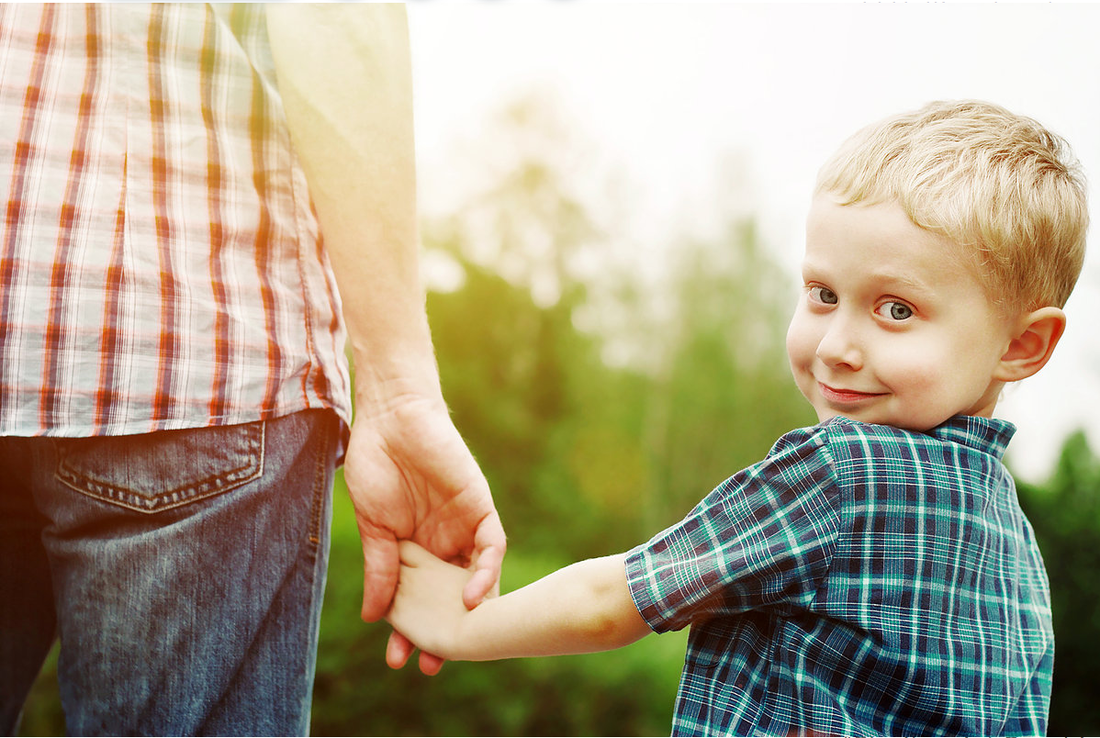|
Question:
Starting school this year has been rough for my son. He has terrible anxiety and stresses over everything. We can’t seem to convince him, no matter what we say, that his fears are unfounded and he is OK. He is having some panic attacks too, and I’m starting to wonder if he needs medication, but I really really don’t want to go there. Do you have any suggestions for helping him have less anxiety? Answer: There are some things you can try before resorting to medication. I’m going to give you suggestions that could help change your child’s fear-based thinking on both the conscious and subconscious levels.
You can do this. Kimberly Giles is the president of claritypointcoaching.com. She is the author of the book "Choosing Clarity: The Path to Fearlessness" and is a master coach and speaker.
0 Comments
Leave a Reply. |
Visit https://linktr.ee/kimgiles and Claritypointcoaching.com FOR MORE FREE RESOURCES Coaching is less expensive than you think - If you need help we can find you a coach you can afford. Call Tiffany 801-201-8315 Categories
All
AuthorKimberly Giles is the president and founder of Claritypoint Life Coaching and 12 SHAPES INC. She is an author and professional speaker. She was named one of the top 20 advice gurus in the country by Good Morning America in 2010. She appears regularly on local and national TV and Radio. Archives
March 2022
|
Proudly powered by Weebly

 RSS Feed
RSS Feed